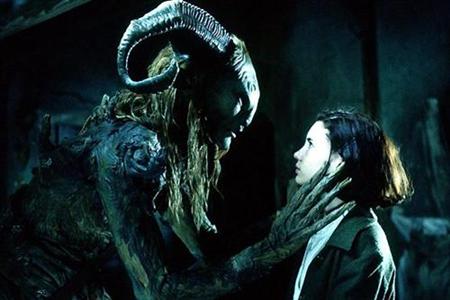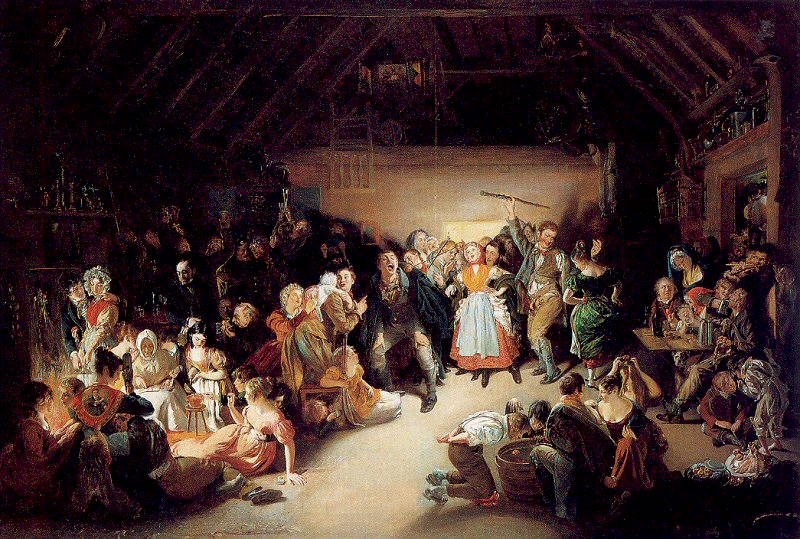 |
| Snap-Apple Night, by Daniel Maclise 1833, (Divination games in Ireland October 31st) |
The end of October marks many things for the spirit and the Earth, shorter days and longer nights, and eerie tidings as legend tells that for one night the dead may again walk the earth. The end of October is canonized to our spirits by the likes of Halloween, or 'All Hallows Eve'. It is a time to tell rich and haunted ghost tales, a time to relish in sweets, and a time that conjures the sacred image of the 'witch'. History and marketing have often paired the 'witch' with all too cartoonish images of ghosts and big eyed ghouls. She rests in the corners of faerie tales and in the great world of fiction as a hermit, one who hides from the world with an ugly face and a big nose. She waits for unsuspecting victims to slip into her black web so she can enchant them and sometimes eat them. When she hides from the world she spends her time in the shadows of the forest, practising sorcery utilizing herbs from her mysterious garden and mindfully casting them into her bubbling iron cauldron. It is she who knows the earths deepest mysteries.
The image that first dances in the brain when we hear the word 'witch' is that of a cartoon, and that is the curse for the true
Witch that has been lost to antiquity.
 |
| Magic Circle by John William Waterhouse, 1886 |
"To understand the word
witch is to understand anthropology, history, the history of religion, the history of the relation between sexes, to understand, above all, the unconscious of the human being. For though there are as many theories of witchcraft as there are scholars in the British Museum library, underlying all of them is a comprehension of the image-making faculties of the human brain, it's yearning for myth and magic, it's need to denounce what it does not understand, it's transformation of common yearnings into images and archetypes, its metamorphosis of desires into demons, wishes--in short--into witches"--- (Erica Jong,
Witches, 1981)
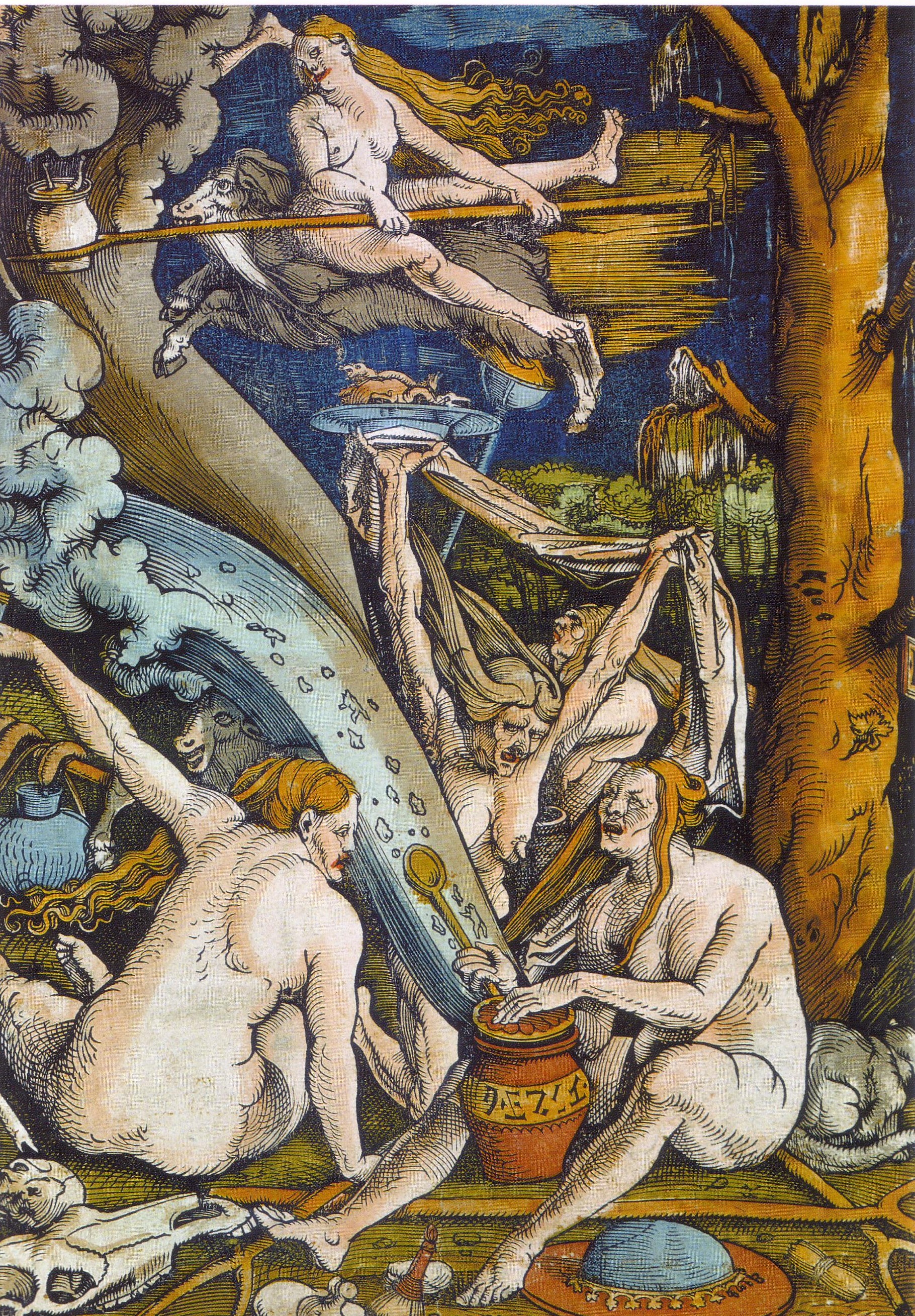 |
| Witches by Hans Baldung, Woodcut 1508 |
The word
witch stems from the Old English word
wicce & witan, the first refers to wisdom and perhaps the Indo-European word
weik, which refers to magic and religion, and the later literally translates "to know". Many modern practitioners of Witchcraft, wanting to escape a negative history of persecution, have attached themselves to the word
Wicca, in desire to be attached to "the wise".
The
witches' name has been blackened by a history of those who lean heavily upon a patriarchal world view. Judaism, Christianity, and the Muslim faith have long since held a campaign to wash away any notion of worship that involved the earth, animals and dare say,
Women.
.jpg) |
| Lilith by John Collier 1892 |
Witches have been told about since the beginning of time, they are found in legends, faerie tales and even historical religious documentation. One of the earliest witches rises out of ancient Jewish Mysticism, she was called
Lilith. The hebrew term Lilith or "Lilit" translates literally to "night creatures" or "night hag". In Jewish lore
Lilith was Adam's first wife in the Garden of Eden, she was said to have been created by the same earth/clay as Adam, as opposed to Eve, who was created from Adam's ribs. She left Adam after she refused to be subservient to him, some propose after she refused a forced sexual position. She moved out and into a certain demon.
Lilith has found a resting place on the shelf of ancient demonology, evolving and transcending multiple cultures. To the Babylonians she is theorized as a Goddess of Light, perhaps the genesis for the post and modern Neo-pagan
White Goddess. In the Latin Bible she is called
Lamia, a certain crying daemon. Perhaps it is no coincidence that Ireland's most famous demon is that of the
Banshee, she who slithers through the night, a ghostly apparition foretelling of death to come, always with tears in her eyes. Some popular myths attach
Lilith to the birth of Vampires.
Her gates are the gates of death, and from the entrance to the house
She sets out towards Sheol.
None of those who enter there will ever return,
And all who possess her will descend to the Pit.
--- Dead Sea Scrolls, Isaiah Scroll 34:14
Her house sinks down to death,
And her course leads to the shades.
And all who go there cannot return
And find again the paths of life.
--- Dead Sea Scrolls, Proverbs 2:18-19
The witch, unusually is the most popular character in children's literature, she who casts the spell upon the sleeping beauty, she, the impostor of a mother, threatened by her age and the princess of unyeilding beauty. She, the one who flies upon a broom and who's greatest threat is a bucket of water. Popular culture has taken history and at times made a mockery of it.
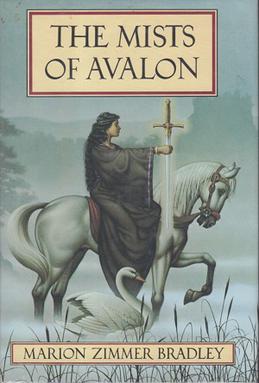 |
| Cover of 1st Edition, 1983 |
In the middle ages the most popular legends and myth weaved around King Arthur and his Knights of the Round Table. Tales about the famed king were told in fire lit rooms and the pathos was not devoid of sorcery and enchantresses. Most of the glory and the fall of the legendary King can be attributed to magic. The Lady of the Lake, a witch of sorts, is the one who presented Arthur with the magical sword Excalibur. Arthur's sister Morgana in legend is viewed sometimes as benevolent and in others a pure evil and powerful sorceress, for it is she who leads to his undoing. Marion Zimmer Bradley's 1983 Novel The Mists of Avalon, although fictional, gives a very historical view against the patriarchal Church who would eventually erase all ties to the Goddess, and strip the woman of her power.
 |
| Morgan le Fay, John R. Spencer Stanhope 1880 |
"In my time I have been called many things: sister, lover, priestess, wise-woman, queen. Now in truth I have come to be wise-woman, and a time may come when these things may need to be known. But in sober truth, I think it is the Christians who will tell the last tale. For ever the world of Fairy drifts further from the world in which the Christ holds sway. I have no quarrel with the Christ, only with his priests, who call the Great Goddess a demon and deny that she ever held power in this world. At best, they say that her power was of Satan. Or else they clothe her in the blue robe of the Lady of Nazareth---who indeed had power in her way, too----and say that she was ever a virgin. But what can a virgin know of the sorrows and travail of mankind?.... For, as I say, the world itself has changed. There was a time when a traveller, if he had the will and knew only a few secrets, could send his barge out into the Summer Sea and arrive not at Glastonbury of the monks, but at the Holy Isle of Avalon; for at that time the gates between the worlds drifted within the mists, and were open, one to another, as the traveller thought and willed. For this is the great secret, which was known to all educated men in our day: that by what men think, we create the world around us, daily new.
And now the priests, thinking that this infringes upon the power of their God, who created the world once and for all to be unchanging, have closed those doors (which were never doors, except in the minds of men), and the pathway leads only to the priests' Isle, which they have safeguarded with the sound of their church bells, driving away all thoughts of another world lying in the darkness. Indeed, they say that world, if it indeed exists, is the property of Satan, and the doorway to Hell, if not Hell itself.
...For this is the thing the priests do not know, with their One God and One Truth: that there is no such thing as a true tale. Truth has many faces and the truth is like the old road to Avalon; it depends on your own will, and your own thoughts, whither the road will take you, and whether, at the end, you arrive in the holy Isle of Eternity or among the priests with their bells and their death and their Satan and Hell and damnation... but perhaps I am unjust even to them. Even the Lady of the Lake, who hated a priest's robe as she would have hated a poisonous viper, and with good cause too, chid me once for speaking evil of their God.
"For all the Gods are one God," she said to me then, as she had said many times before, and as I have said to my own novices many times, and as every priestess who comes after me will say again, "and all the Goddesses are one Goddess, and there is only one Initiator. And to every man his own truth and the God within."
---Morgan le Fay, The Mists of Avalon, Marion Zimmer Bradley
Marion Zimmer's exploration of the departure of an old religion paints a perfect image of a changing world view that would eventually lead to devastating demonstration.
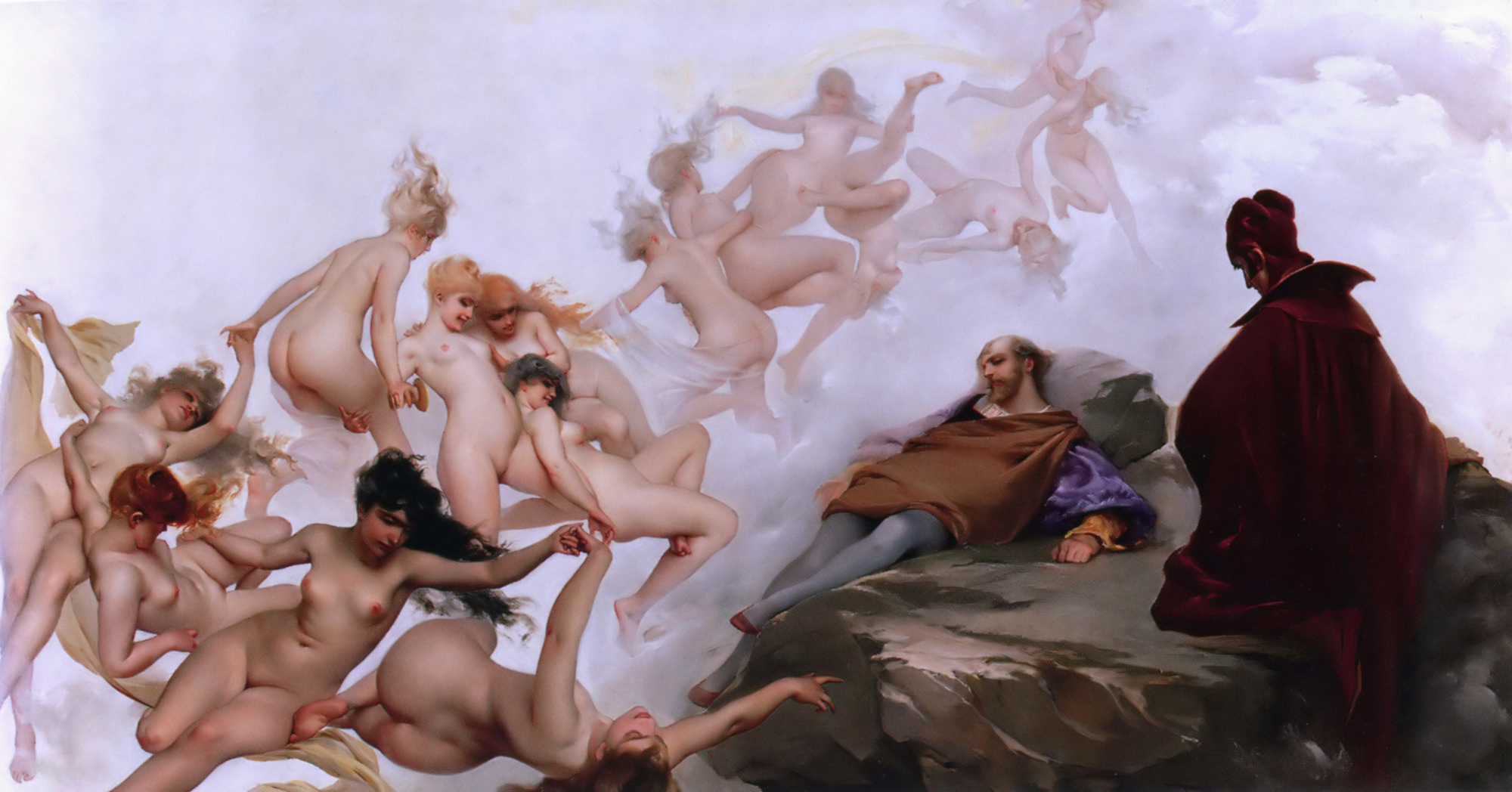 |
| Faust's Dream, by Luis Ricardo Falero 1880 |
"All witchcraft comes from carnal lust, which is in woman insatiable...wherefore for the sake of fulfilling their lust they consort even with devils." ---Malleus Maleficarum, or The Hammer of Witches (1486), text used by the church to condemn witchcraft in early America.
 |
| Examination of a Witch by T.H. Matteson, inspired by the Salem Witch Trails 1853 |
No American household is unaware of The Salem Witch Trials, a historical time of hearings and ceremonial/ judicial scapegoating, that labeled and condemned various persons to death for alleged 'witchcraft'. This was the late 1600's and early 1700's in colonial Massachusetts. This time was polarized by The Reformation in Europe, which between 300 years through the early 1700's led to some, 70,000 to 100,000 executions. Each country had a system for various forms of torture including hangings, burnings and beheadings. The medieval torture method lasted longer than it should have. Outside of believed pacts with the 'Devil', these various scapegoats suffered worst at the hands of their communities. In Salem Massachusetts fearful people pointed their fingers at their neighbors, their actions were in direct relation to systematic repression in an overbaring patriarchal church. Once you were accused the only way out was to admit that you were in leauge with Satan. As late as 1865 an accused witch was burned in South Carolina.
'The Church is seen as a secular organization---a real-estate conglomerate, a powerful lobby for the oppression of women--- which has little or nothing to do with spiritual transcendence.'
---Satanism and Witchcraft, Witches, Erica Jong 1981
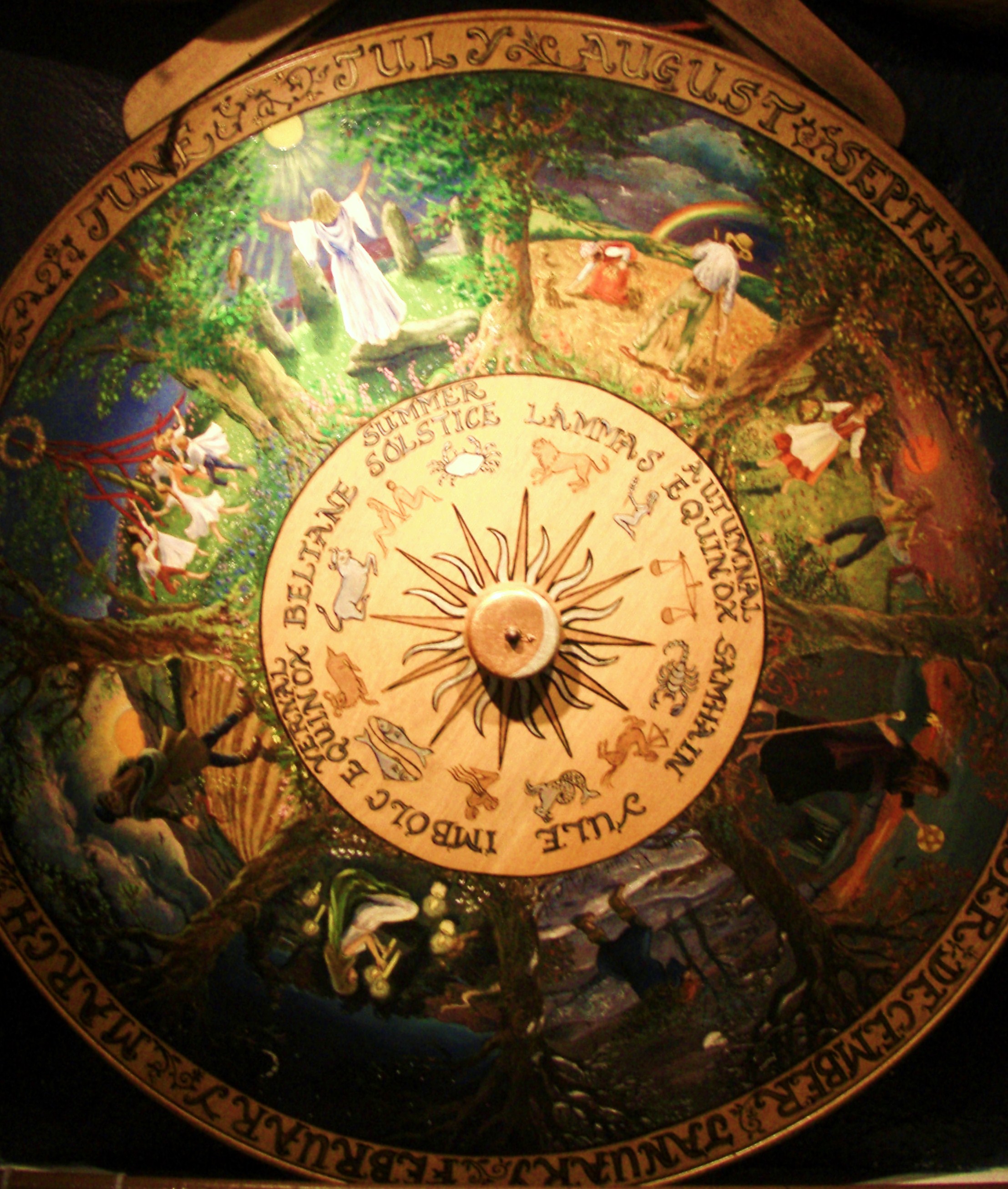 |
| The 8 Sabbats, Wheel of the Year painting at The Museum of Witchcraft, Boscastle, Cornwall, England |
The woman, the witch has always been associated to the night. There she rests representing the moon and the cycles within. Where the day represents light, masculinity, strength and sometimes transparency, the night represents darkness, sensuality and sometimes illusion. The night expands upon the power of the mind drawing us close to that which we fear, our deepest secrets and insecurities. There the old crone of antiquity waits in the dark begging those who draw forth to recognize their fears simply for what they are, and illuminate the beacon of light within.
The witch and the witches way teaches us to be inspired to listen to our intuition, to remember that true power and light comes from within. To look at the witch in the garden is to see she that speaks with the earth, sowing and harvesting remedy and protection. To see a witch on a broom is to see a liberated woman, for it is the broom who reveals a witches company.
To see a maiden, is to see a mother and a crone. The three aspects of life.
In a pre-Christain world Samhain, or November Eve, represented a time when the summer Goddess retreats and relinquishes power to the great Horned God of the winter, it is the pagan holiday to honor the sun's retreat. It is a time to rest near a bonfire, or that illuminated wick of a candle and honor the souls of the dead. It is a time to remember the duality of man kind, the strong masculine and the 'wise witch'.
********
Source Materials:
- wikipedia.com
- The Theosophical Glossary, Helena P. Blavatsky, The Theosophy Co. 1892
- The Mists of Avalon, Marion Zimmer Bradley, Ballentine Books, Random House Inc. 1982
- Witches, Erica Jong, Abrams Inc. 1981
- The Enchanted World: Wizards and Witches, Time Life Books 1980
- merriam-webster.com
- Intuition











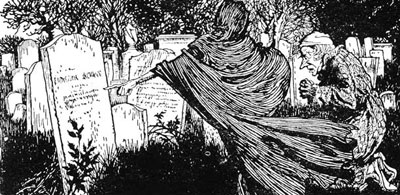

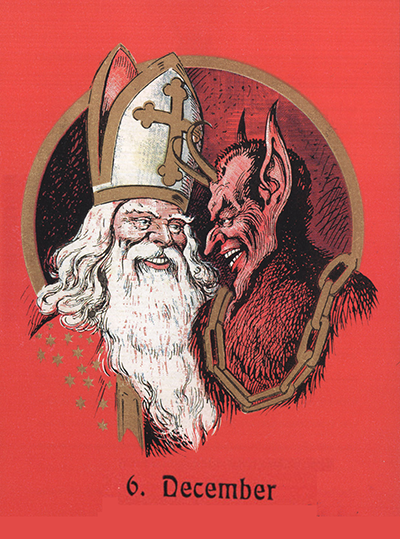
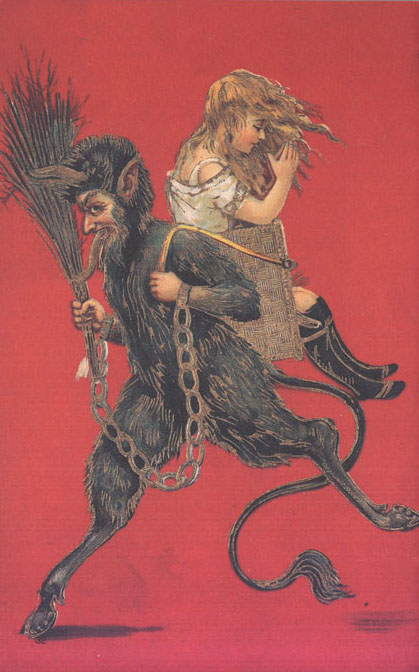



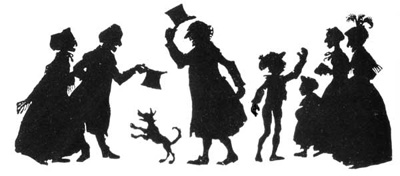




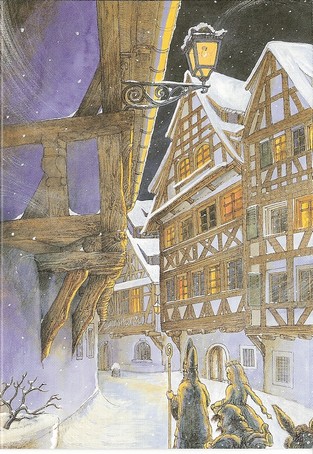
.jpg)






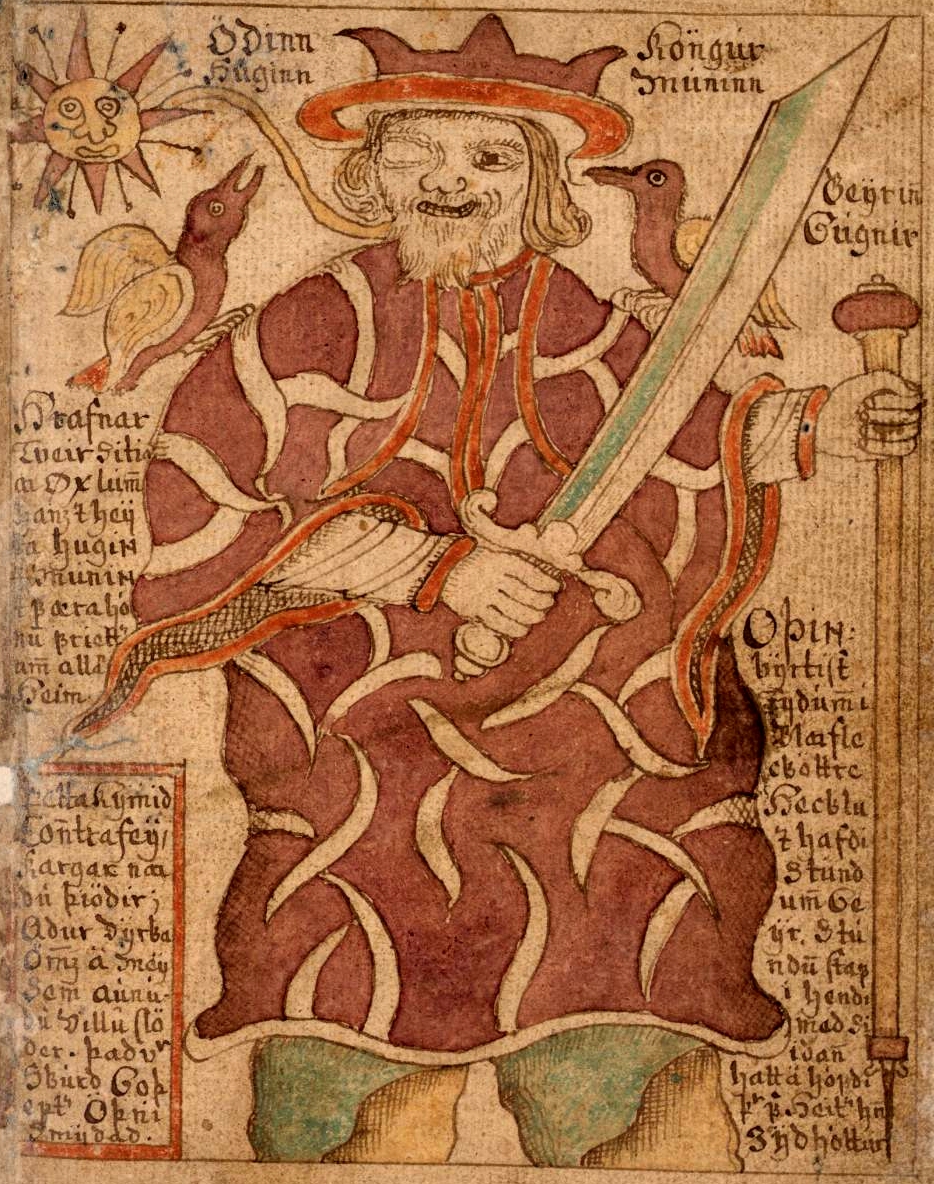


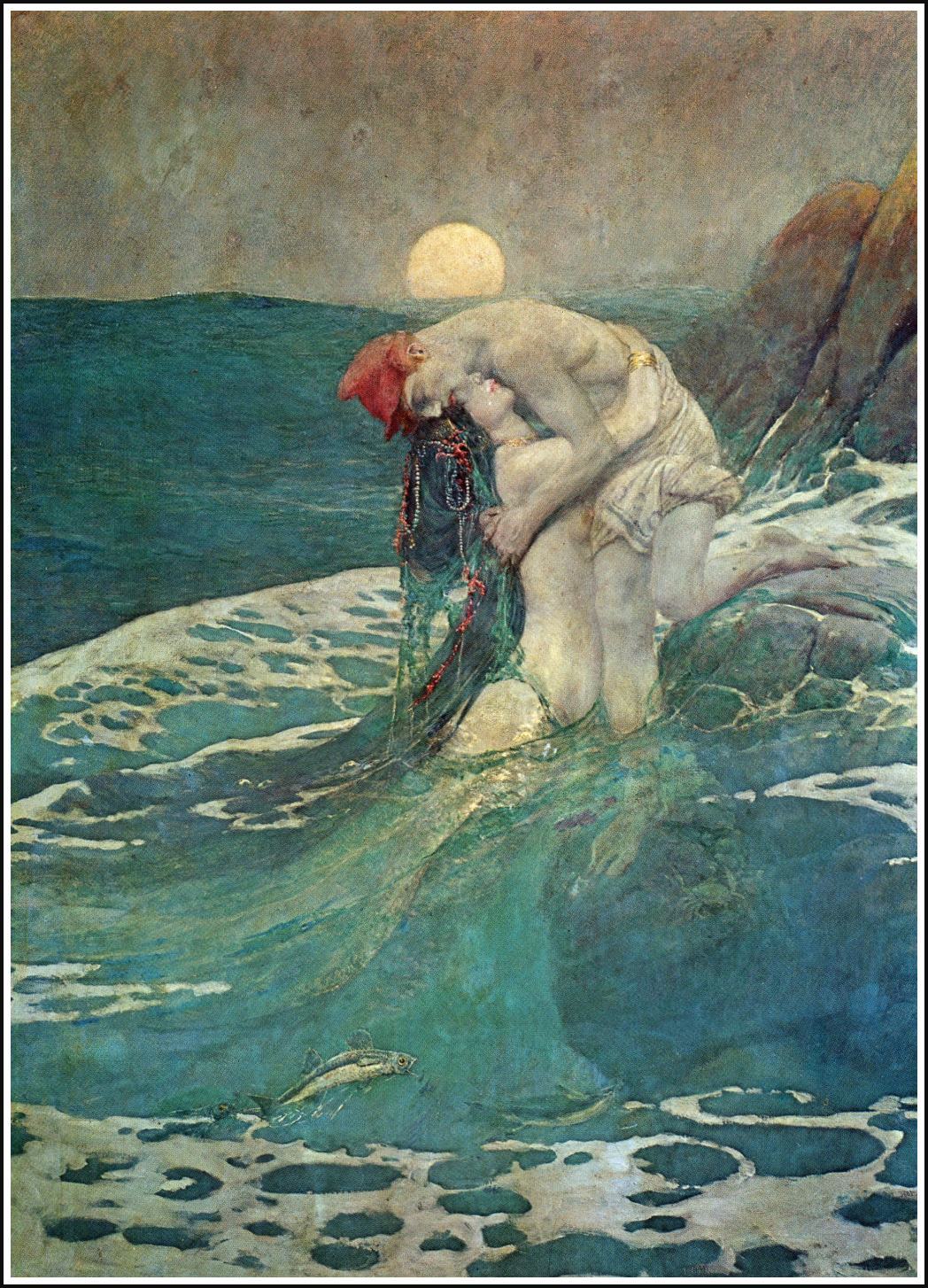
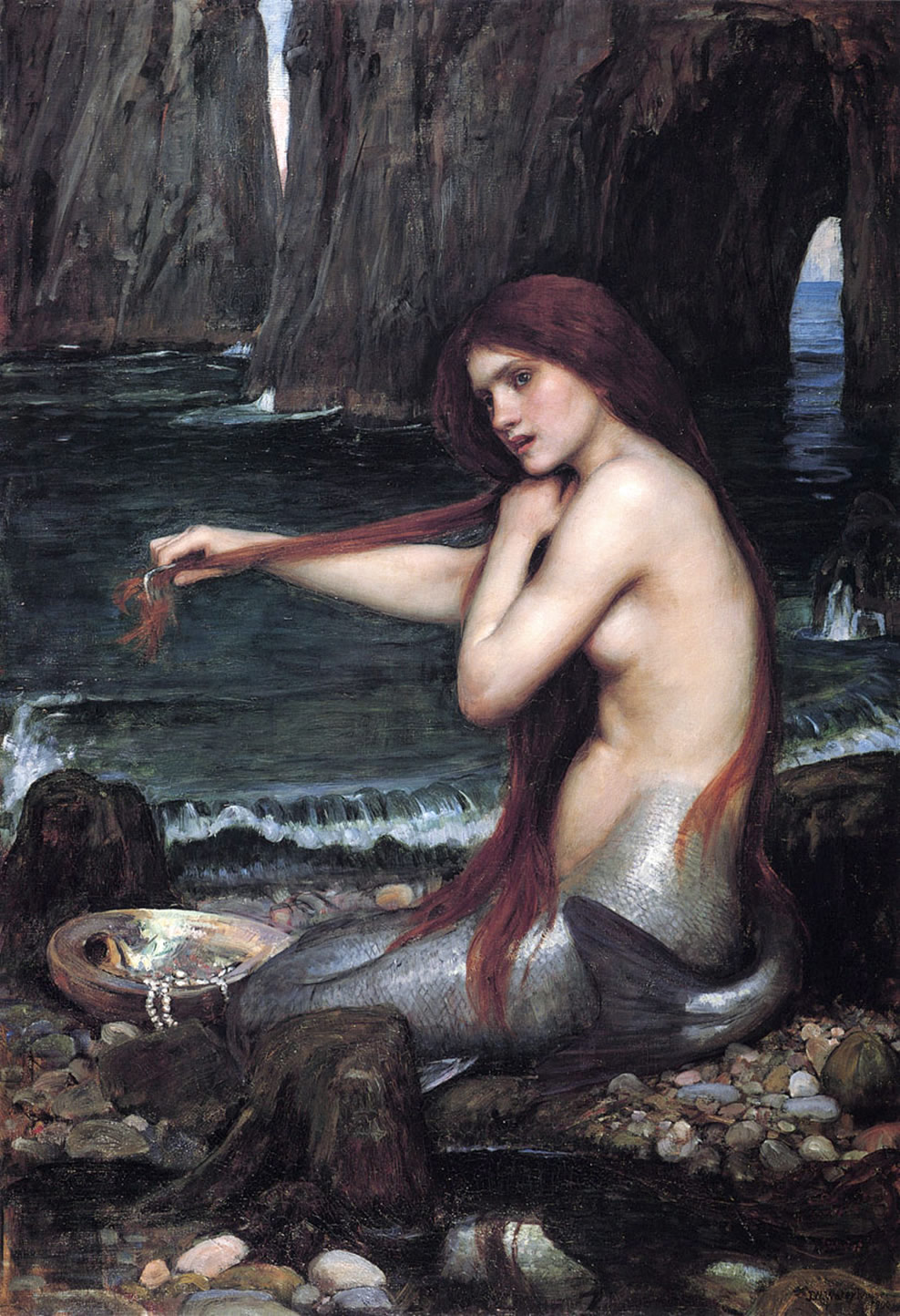
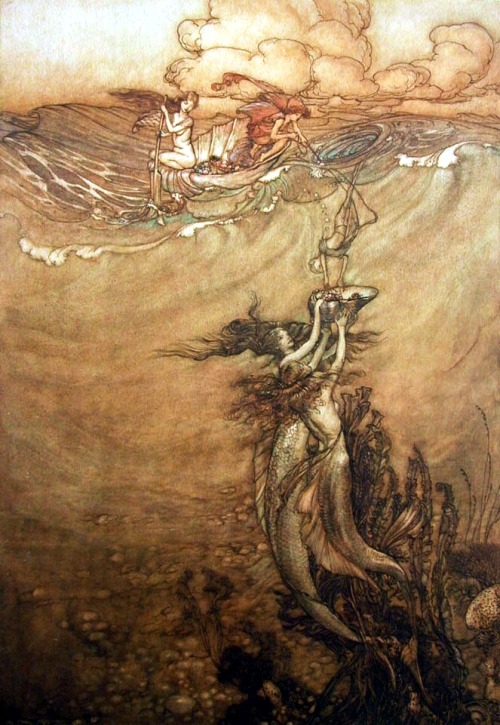


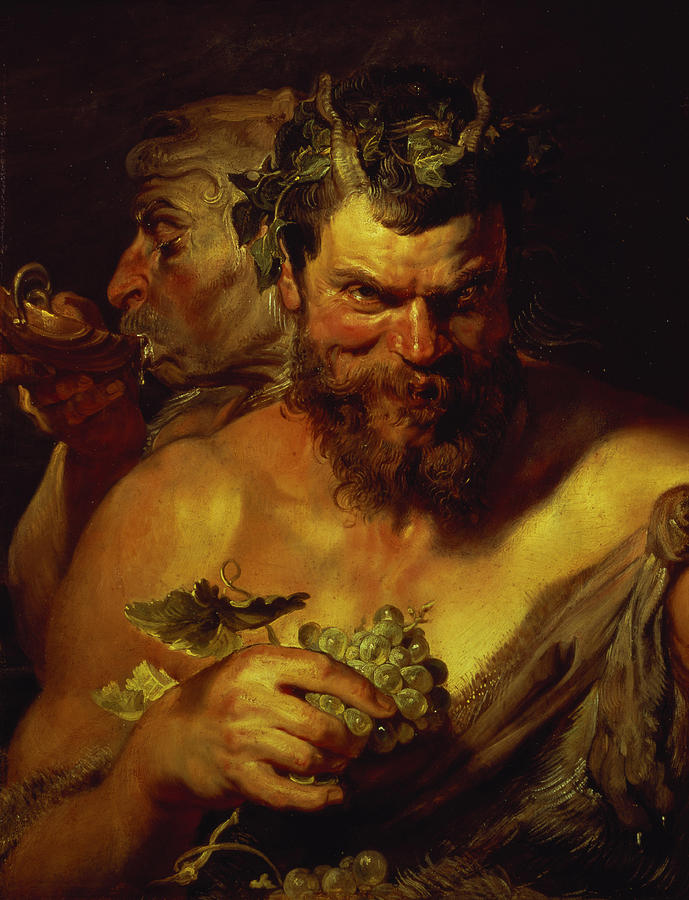

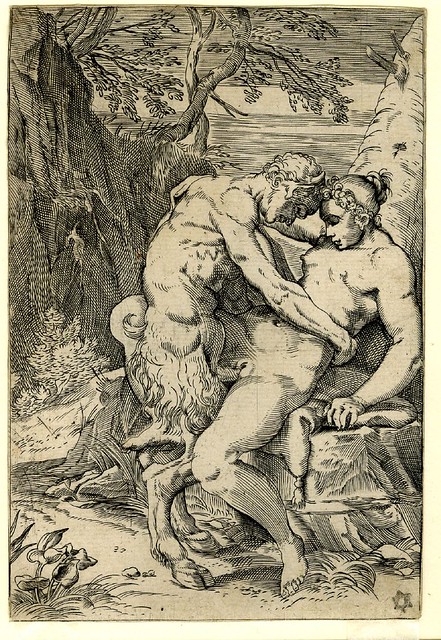

.jpg)


